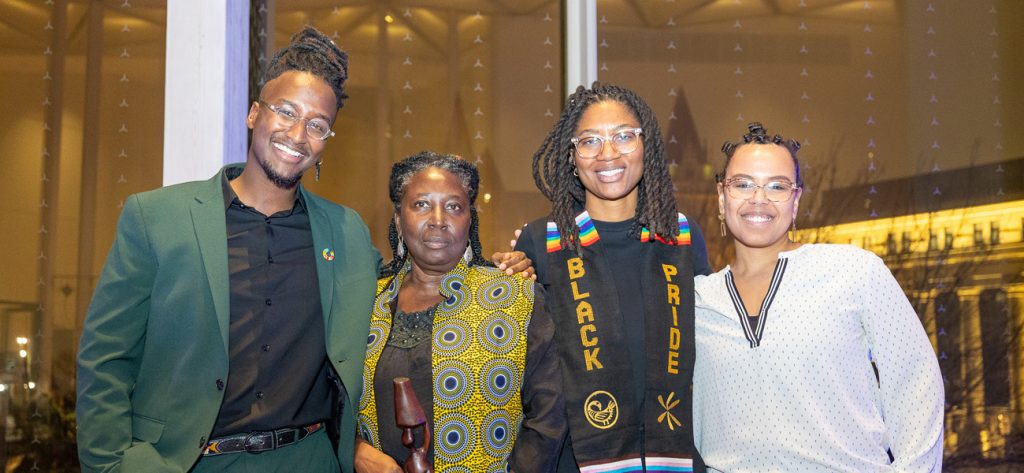Years ago, early on in a quickly blossoming relationship, my boyfriend and I found ourselves in the Bible-belttown of Chilliwack, British Columbia, where the size of the churches seemed to match the length of the stares from strangers. On a scruffy downtown corner, without warning, my boyfriend took my hand. My gut reaction was to step away, but I did not, and so wordlessly accepted to face together anything our PDA might trigger. Nothing bad happened, but I had passed several tests. Of my willingness to show affection and publicly present as a couple, of my ability to respond to challenges spontaneously and positively, of being authentic even in a potentially hostile environment.
Putting our partners through the ringer to see if they respond the way we’d like them to can seem like manipulative behaviour; gay men in particular, less bound by straight courtship rituals, should know better than to issue ultimatums. We can’t expect paramours and lovers to submit to rules like mirroring our political opinions or responding to messages within two minutes or else. Yet small-scale low-stakes tests early on in the relationship can prepare us for the serious sometimes irreversible trials that life inevitably drops in our laps.
In the early days of feeling things out for compatibility and shared goals, testing your partner can either be “more about assessing our own willingness to commit to the relationship in front of us or the secret hope of giving us an excuse to bail,” says Joe Ramirez, a Vancouver-based counsellor with a strong LGBT focus. “What is most important is our attitude, approach and intention. We have to remember that two distinct people—with distinct social cultures, habits, work priorities, bio-rhythms, financial powers—are trying to merge for a purpose called a relationship.”
In the rose-coloured-glassed days of discovering each other, the tests may be strategic and purposeful: Does he text you before you text him? Is he nice to your dog? Will he accept the joint being passed around or not? How we label each other can also be a test. Based on interviews with New York area gay men in 1990 and 1991, during the peak of the AIDS crisis, researchers David E. Woolwine and E. Doyle McCarthy found that “the men themselves often examined and re-examined words and phrases (‘lover,’ ‘commitment,’ ‘friendship’), and in such a way that this testing process seemed to be integral to their own struggle to define themselves in relationship to significant others.”
The question of monogamy is a common test for gay couples and one that’s best taken out in the open, with lots of communication. One gay couple I know, Jim and Brian (who didn’t want their last names used in this story), met in the 1970s and totally smitten, quickly moved in together without much compunction. At the two year mark, “Brian revealed that he’d been going to the baths on the sly,” says Jim. “It was quite a blow to me and I vividly recall the roller-coaster of anger and tears and accusation. Brian didn’t return my emotional fireworks, but simply tried to comfort me while having the nerve to argue that I should check out the bathhouses too! I think when I had time to step back and consider, it was clear to me that the core of our love, our commitment, was unchanged, though that was never made explicit.”
Some couples go so far out of their way to avoid disturbing the still waters of their relationship that they can remain together for years without so much as shacking up, combining finances or merging peer groups, as if any test might provide them with an answer they don’t want to know. Gay relationships can be plagued—or gifted, depending on your perspective—with a particular complexity. A 2014 study of 4,215 Australian gay and bi men found that nearly half of those who said they had a primary partner did not consider it to be a relationship. “Domestic arrangements were far more strongly related to whether men considered themselves to be in a relationship than monogamy,” states the study. “Two-thirds of men in a relationship lived together full-time and three-quarters at least part time. In contrast, three-quarters of men with regular partners but not in a relationship did not live with their partner.”
Avoiding grappling with everyday relationship challenges can hurt a relationship in the long term, according to research into the longevity and satisfaction of straight couples. A high negativity threshold——where couples maintain an outward sunniness as they quietly tolerate frustrations and foibles—is actually worse than a low negativity threshold.
“I always thought that good relationships were about compromise and understanding, and so would have guessed that it was best to aim for a really high negativity threshold. A relationship where you give your partner room to be themselves and only bring up an issue if it becomes a really big deal,” writes UK mathematics lecturer Hanna Fry in her book The Mathematics of Love. “But actually, the team found that the exact opposite was true. The most successful relationships are the ones with a really low negativity threshold. In those relationships, couples allow each other to complain, and work together to constantly repair the tiny issues between them. In such a case, couples don’t bottle up their feelings, and little things don’t end up being blown completely out of proportion.” Fortunately for LGBT people, other research suggests that they tend to form bonds with low negativity thresholds, possibly because same-sex couples can’t so easily rely on gender stereotypes and straight cultural norms to determine who does what and so are more inclined to perform relationship triage as they go along.
Some see marriage as the ultimate test. Though some LGBT people consider it a straight institution, in the relatively short time it’s been legal, the institution has revealed itself to have a special role in same-sex relationships. In addition to the traditional public display of love and commitment, a wedding outs both participants to their circles, officialdom and sometimes the whole world, and so equalizes the level of outness. Since different comfort levels with being out can bring conflict to a relationship (“Why won’t you take me to your grandmother’s birthday party?”), marriage can almost instantly put each half of the couple on the same footing.
Though marriage can be a bitch to undo, there’s always divorce. But life offers other more irreversible tests. Health crises, financial ruin, death in the family—these are not trials most people would chose, but demonstrate the true strength of a relationship. For Brian and Jim, the biggest test was imposed from outside, when Brian was hit by a serious illness for which he was hospitalized for eight months, costing him his career. “Thankfully, his recovery was nonetheless remarkable, and the crisis did not change the core of our relationship. It probably has made it stronger,” says Jim.
Not all test results are happy ones. But what makes all the difference is how we respond to them.






POST A COMMENT